Lamb, a meat cherished across numerous cultures for its rich flavor, tender texture, and versatility in the kitchen, holds a special place in the hearts and stomachs of food enthusiasts worldwide. From the succulent roasts of Europe to the spicy curries of Asia, lamb dishes encapsulate a wide spectrum of flavors and cooking techniques. This culinary exploration aims to delve into the various methods of preparing lamb, highlighting traditional recipes and innovative twists that bring out the best in this beloved ingredient.
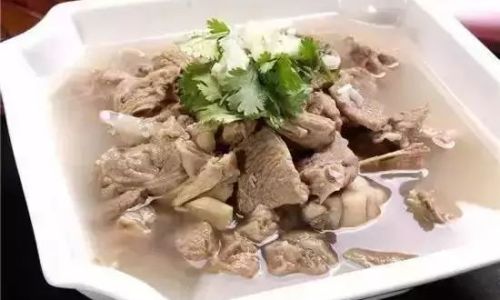
Roasting: The Classic Approach
Roasting lamb is perhaps the most iconic way to cook this meat, especially during festive occasions. A whole leg of lamb or a shoulder roast can be the centerpiece of a meal, its golden-brown exterior giving way to a juicy, flavorful interior.
Preparation Tips:
- Seasoning: Begin by seasoning the lamb generously with salt, pepper, and herbs such as rosemary, thyme, and garlic. For a Mediterranean twist, consider adding lemon zest and olive oil to the rub.
- Cooking Temperature: Preheat your oven to around 350°F (175°C). Place the seasoned lamb on a roasting rack, fat side up, to allow the fat to baste the meat as it cooks.
- Roasting Time: Depending on the size and cut, roasting can take anywhere from 1.5 to 3 hours. Use a meat thermometer to ensure the internal temperature reaches 145°F (63°C) for medium-rare or 160°F (70°C) for well-done. Let the lamb rest for at least 20 minutes before carving to redistribute the juices.
Slow Cooking: Unlocking Deep Flavors
Slow cooking lamb allows all the juices and flavors to meld together, resulting in a tender, fall-apart dish that’s perfect for cold winter nights.
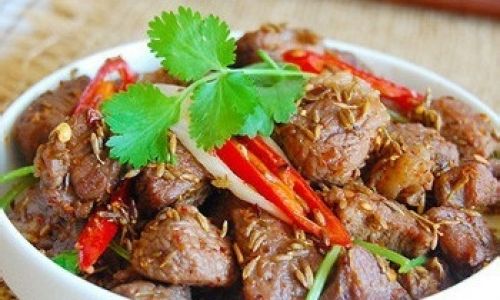
Preparation Tips:
- Cuts to Use: Shoulder or neck cuts are ideal for slow cooking as they contain more collagen and fat, which break down during the long cooking process, making the meat incredibly tender.
- Aromatics: Start by browning the lamb pieces in a hot pan with olive oil. Add chopped onions, carrots, celery, and garlic to the pot. Deglaze with red wine or beef broth, then transfer everything to a slow cooker.
- Seasonings and Spices: Add a blend of spices such as cumin, paprika, coriander, and a touch of chili flakes for heat. Cover and cook on low for 6-8 hours, or until the meat is tender and flavorful.
Grilling: The Art of Outdoor Cooking
Grilling lamb over an open flame adds a smoky, charred flavor that’s impossible to replicate with other cooking methods.
Preparation Tips:
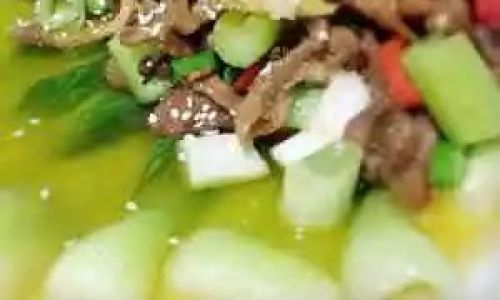
- Marinating: Lamb chops or kebabs benefit greatly from marinades. A mixture of olive oil, lemon juice, garlic, rosemary, and a pinch of salt and pepper can be applied several hours before grilling to tenderize and flavor the meat.
- Grilling Technique: Preheat your grill to medium-high heat. Place the lamb on the grill grate, cover, and cook for about 4-5 minutes per side for chops, or until they reach your desired doneness. For kebabs, ensure even cooking by rotating them frequently.
- Finishing Touches: Brush the grilled lamb with a bit of balsamic glaze or a herbed butter for an extra layer of flavor.
Stewing: Hearty Comfort Food
Stewing lamb creates a rich, hearty dish that’s perfect for a comforting meal. The low and slow cooking process tenderizes the meat and allows the flavors of the broth to develop fully.
Preparation Tips:
- Choosing the Right Cut: Stew meat, shoulder, or neck cuts work best. Cut the meat into bite-sized pieces to ensure even cooking.
- Building the Base: Start by sautéing onions, carrots, celery, and garlic in a large pot until softened. Add tomato paste and cook for another minute before deglazing with red wine or broth.
- Adding the Lamb: Add the lamb pieces to the pot, along with spices like bay leaves, thyme, and a blend of dried herbs. Cover with broth or wine, bring to a simmer, then reduce the heat and let it cook, covered, for about 2-3 hours, or until the meat is tender and the sauce has thickened.
Currying: The Spicy Delight of Asia
Lamb curries are a staple in many Asian cuisines, particularly in India, Pakistan, and Bangladesh. They offer a vibrant, spicy, and aromatic experience that’s both comforting and exciting.
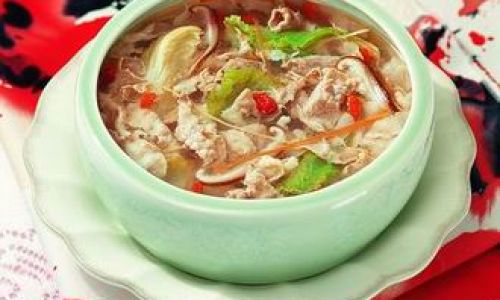
Preparation Tips:
- Spices: The foundation of a good lamb curry lies in its spices. A blend of cumin, coriander, turmeric, garam masala, and chili powder is essential. Toast these spices in a hot pan before adding them to the curry for maximum flavor.
- Cooking the Curry: Start by browning the lamb pieces in a pot with oil. Add chopped onions, ginger, and garlic, and cook until softened. Stir in the toasted spices and cook for another minute before adding tomatoes, coconut milk, or yogurt, and enough water or broth to cover the meat. Simmer, uncovered, for about 1-1.5 hours, or until the lamb is tender and the sauce has thickened.
- Finishing: Add fresh cilantro, lemon juice, and a dollop of yogurt or cream before serving to brighten the flavors.
Conclusion
Lamb, with its unique ability to absorb and enhance flavors, offers a canvas for endless culinary creativity. From the simplicity of a well-seasoned roast to the complexity of a multi-layered curry, each cooking method brings out different aspects of lamb’s rich taste and texture. Whether you’re celebrating a special occasion, seeking comfort food, or just craving something new, there’s a lamb dish waiting to be discovered. So, don your apron, gather your ingredients, and embark on a culinary journey that promises to delight your taste buds and nourish your soul.
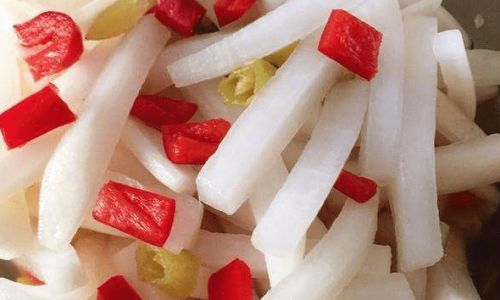
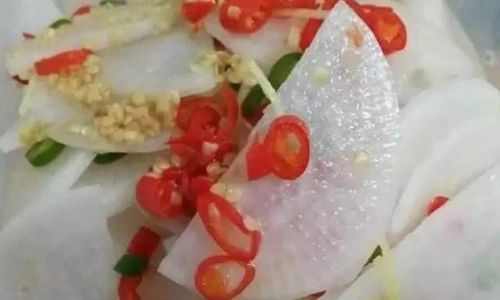
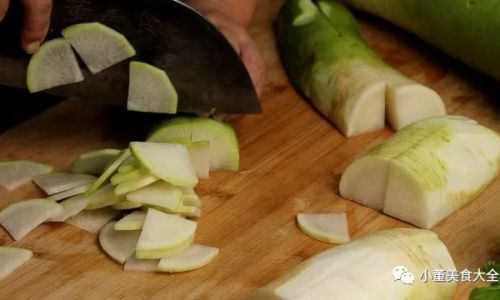
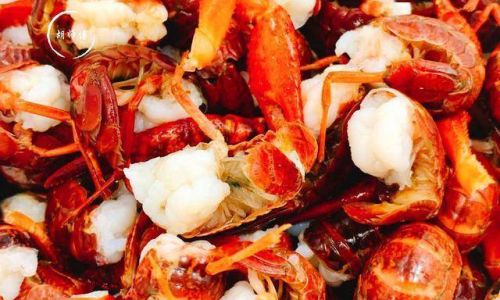
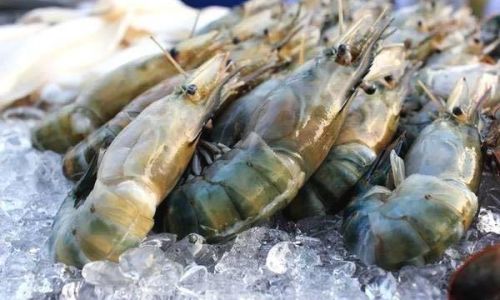

0 comments